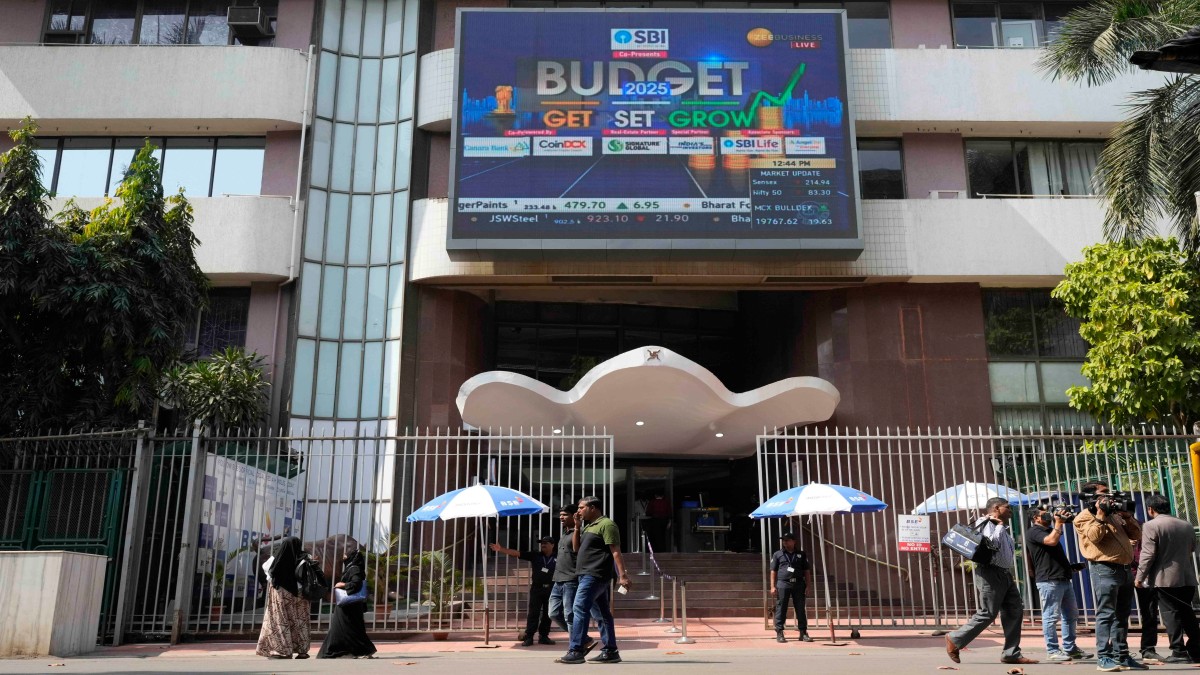In the Union Budget 2025, Union Finance Minister Nirmala Sitharaman announced changes to the Tax Collected at Source (TCS) rates on foreign remittances.
In simple terms, the government has modified tax rules for students who plan to send money abroad for education.
The revisions are intended to provide financial aid for families financing foreign education by reducing the tax burden on travel and international education costs.
Let’s take a closer look.
Catch all the live updates here: Union Budget 2025
TCS on foreign remittances
The Centre has changed the TCS rates on education remittances, especially for students who are taking out loans from reputable banks and authorised nonprofits under Section 80E of the Income Tax Act.
The updated provisions include:
No TCS on remittances up to Rs 7 lakh per financial year for education-related expenses.
No TCS on remittances exceeding Rs 7 lakh if the loan is secured from an institution covered under Section 80E.
For students whose loans are not covered under Section 80E or for those funding their education through personal savings or non-recognised loans, the TCS rate remains at 5 per cent on amounts exceeding Rs 7 lakh per year.
For those unversed, Section 80E of the IT Act allows people to claim a tax deduction for interest paid on loans taken for higher education.
The deduction is solely applicable to the interest part of the loan and is available for up to eight years, or until the interest is paid off.
This clause lessens the tax burden on students who take out loans to pay for their studies.
Also read: Union Budget 2025: Mobiles, EVs, medicines, what is getting cheaper, what is costlier?
Increased exemption for LRS transactions
The TCS exemption limit for transactions made through the Liberalised Remittance Scheme (LRS) has increased from Rs 7 lakh to Rs 10 lakh.
This implies that TCS will not be charged for transfers up to Rs 10 lakh in a fiscal year.
Smaller overseas transactions could benefit from this change, especially those involving investments, travel, education, and medical costs.
The applicable TCS rates, which are five per cent for medical and educational costs and 20 per cent on foreign investments and international travel, do not alter for transfers over Rs 10 lakh.
The government hopes to lower tax-related duties on smaller transactions while maintaining compliance for bigger foreign remittances by raising the threshold.
Moreover, the government has suggested doing away with TCS on payments made for educational purposes when such funds are financed by a loan from a designated financial institution.
With this new change, individuals can now remit up to Rs 10 lakh annually without incurring TCS deductions, whereas prior to Budget 2025, the annual limit under LRS was Rs 2.5 lakh.
The TCS structure is unaltered, so it’s simpler for people and companies to manage foreign financial commitments while guaranteeing tight compliance for higher-value remittances.
Also read: Why and how has Bihar benefitted from this Union Budget
About TCS
Under the Tax Collected at Source (TCS) tax method, the seller collects a set amount of the buyer’s taxes at the time of sale.
For Indian remittances abroad, TCS is applied under the Reserve Bank of India’s (RBI) Liberalised Remittance Scheme (LRS), which is collected by approved dealers when people send money abroad.
LRS enables residents to send money overseas for medical care, education, gifts, tourism, and foreign investments.
Also read: A+ for education in Budget 2025: From IITs to medical seats, what’s in store for students?
Udan 2.0 scheme
Sitharaman also announced a modified Udan (Ude Desh ka Aam Nagrik) scheme to support helipads and smaller airports in hilly, aspirational, and North East region districts.
Ajay Singh, Chairman and Managing Director, SpiceJet, told Business Today that in addition to making air travel more accessible to far-flung areas, this initiative would spur economic growth and tourism, thus bolstering local economies.
The government introduced the Regional Connectivity Scheme (RCS) Udan in October 2016 to improve regional air connectivity from the nation’s unserved and underserved airports and lower the cost of air travel for the general public.
According to the Finance Minister, the scheme has enabled 1.5 crore middle-class people to fulfil their desire for speedier travel.
The scheme has linked 88 airports and operationalized 619 routes.
With inputs from agencies


)

)
)
)
)
)
)
)
)



